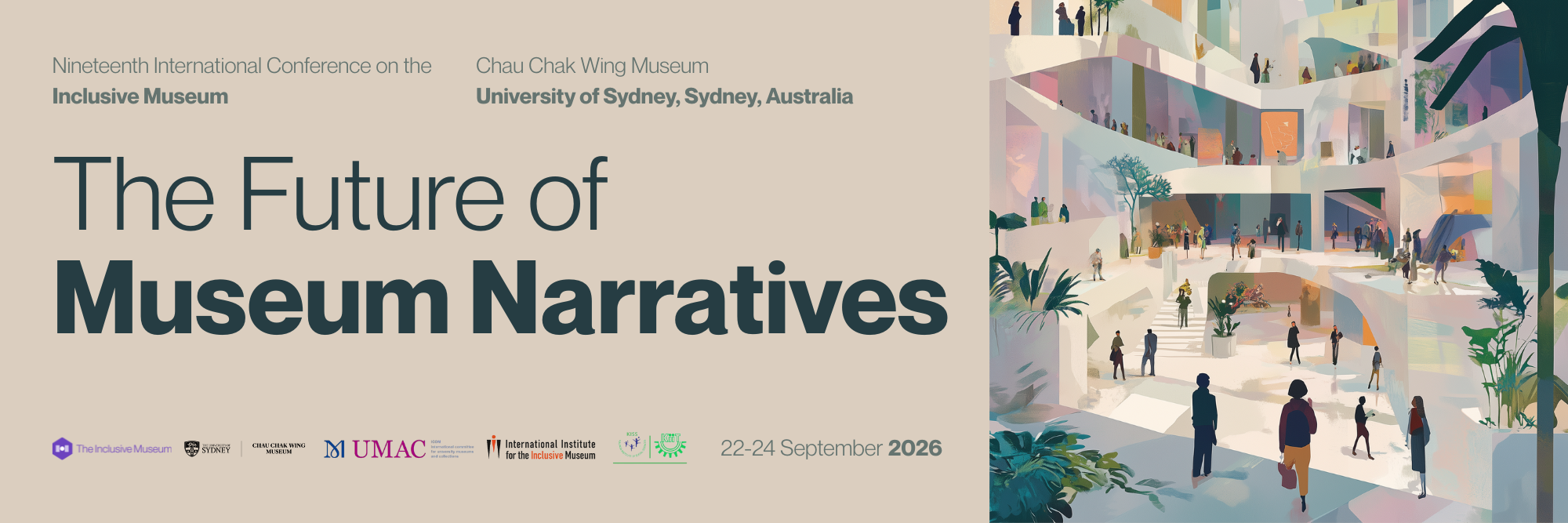Abstract
In today’s landscape, museum institutions are reimagining living, multisensory spaces where knowledge is not limited to text or image, but also delivered through sound, touch, movement, and biophilic built environments; weak signals that help us forecast better futures. Osmotic Sensoria, a speculative design project, asks how such environments might invite neurodivergent and neurotypical visitors into deeper forms of engagement through embodied cognition and adaptive learning to amplify museums’ outreach in supporting cognitive diverse ecosystems—a new model with the potential to ignite a better world for all. Anchored in neuroscience, neurodiversity theory, and Universal Design for Learning (UDL), Osmotic Sensoria frames cognitive diversity as our humanness’ natural expression. Grounded in research on neuroplasticity (Eagleman, 2020), implicit learning (Kandel, 2001), and play theory (Brown, 2009), through a biological model lens (Singer, 1999), Osmotic Sensoria shifts the focus from accommodations—the medical and social models—to celebrating multiple intelligences (Gardner, 1983), the diverse cognitive styles essential to social growth and resilience. This project integrates interactive projected imagery, ambient soundscapes, and biophilic materials—multisensory stimuli that foster insight, neuroplasticity, and self-regulation, which expand creativity and enable co-creating meaning-making across audiences. When envisioned this way, the museum becomes an educational laboratory that strengthens ties with learning communities, enables collaboration with schools and universities, and broadens public access. Osmotic Sensoria’s design probes aim to open discourse about the future of the museum practice and its contributions to society by understanding inclusion as both a design choice and an ethical responsibility that serves all humans.
Presenters
Gigi PoloAssociate Teaching Professor, Parsons, School of Design. First Year Program, The New School University, New York, United States
Details
Presentation Type
Paper Presentation in a Themed Session
Theme
2026 Special Focus—The Future of Museum Narratives
KEYWORDS
Neurodiversity, Universal Design for Learning, Speculative Design, Multisensory Learning, Neuroplasticity

